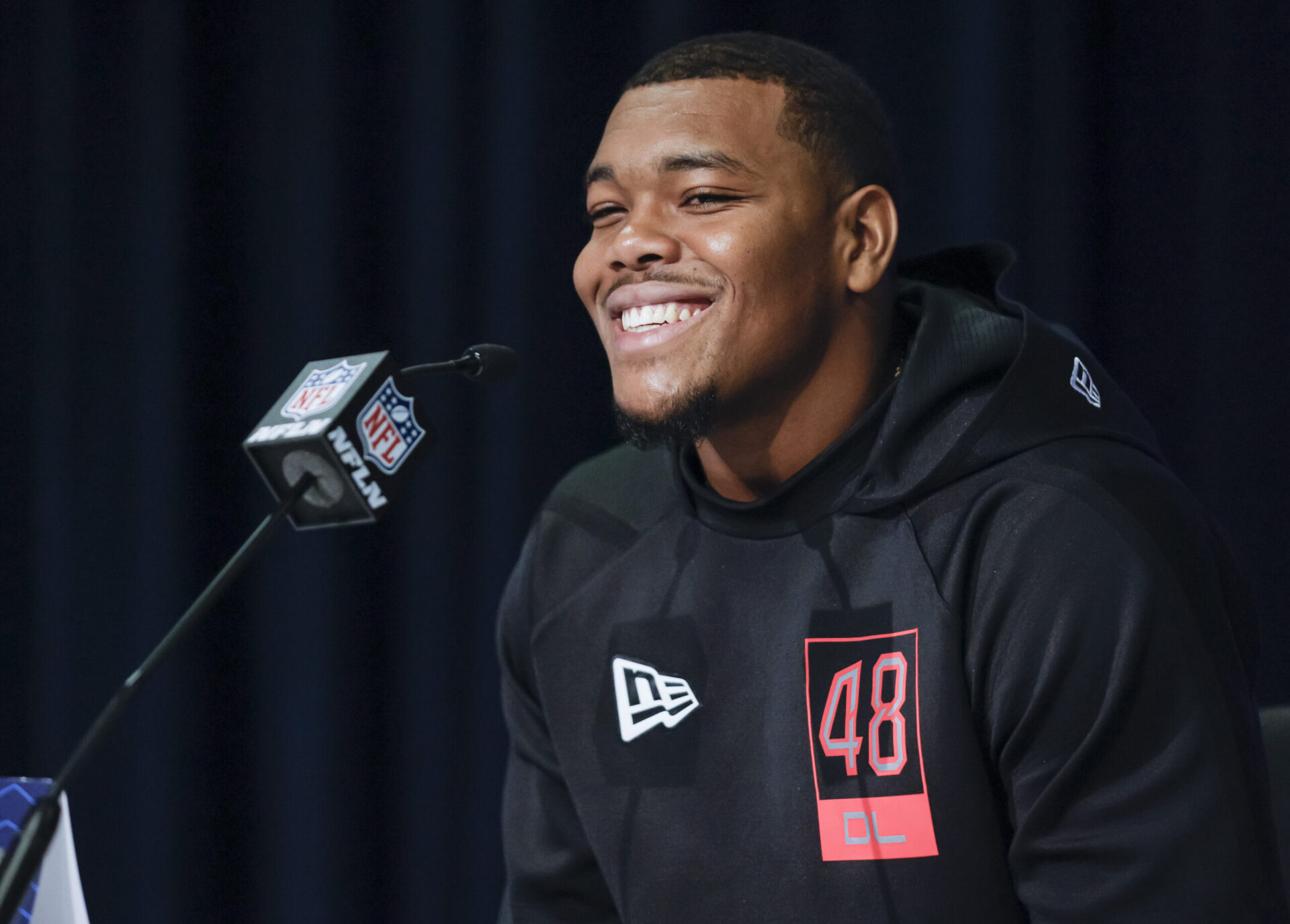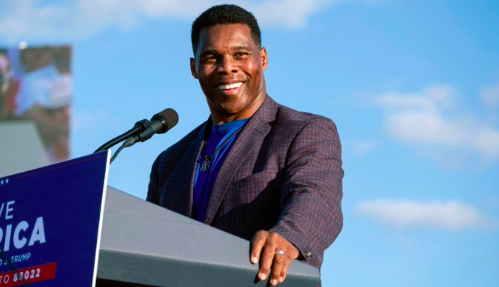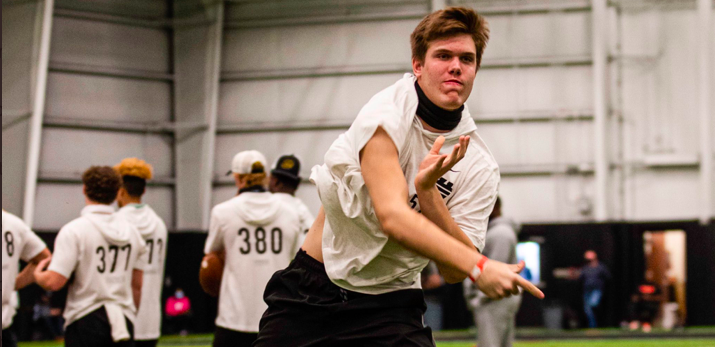The world has lost a Civil Rights legend as Representative John Lewis, 80, has passed away on Friday.
Lewis was the son of sharecroppers and embodied the peaceful protest movement using nonviolence as an effective tool. He braved the Edmund Pettis Bridge in Selma, Alabama and he unapologetically crossed the segregation line in the Jim Crow South during the early historic struggle for racial equality.
John Lewis was a giant and a moral compass. I can’t wait to see what kind of good trouble these kids get into. https://t.co/StYY1S9xO9
— Elizabeth Warren (@ewarren) July 18, 2020
Lewis then utilized his community work into the halls of power, eventually becoming a moral authority in Congress.
The Georgia Democrat, announced on Dec. 29 that he had Stage 4 pancreatic cancer. However, his conviction bled into everything and he vowed to fight it with the same zeal that he battled systemic racism.
“I have been in some kind of fight — for freedom, equality, basic human rights — for nearly my entire life,” he said.
Good Trouble
Today’s activists, led by the rallying cry of “Black Lives Matter” are a mirror of an earlier time of mobilization. In an era when Civil Rights leaders of old like Dorothy Haight, Julian Bond and the perennial preacher, Reverend Martin Luther King are gone, Lewis was our time machine.
Lewis was the last surviving speaker from the March on Washington for Jobs and Freedom in 1963. His presence was a reassuring one that through an undying passion for positivity, all seemingly insurmountable odds were merely challenges to be conquered.
Sad to hear the news that civil rights legend John Lewis died yesterday. He was such a great leader who fought with honesty and bravery for civil rights in America. Long may his memory remain in our hearts. How about renaming the famous Pettus Bridge… pic.twitter.com/1iDVa1T2LI
— Paul McCartney (@PaulMcCartney) July 18, 2020
Facing imprisonment and the wrath of Southern law enforcement, Lewis took all and kept coming. His persistence and resilience became a lighthouse for communities of color then that reverberated through today.
In May, George Floyd, was killed in police custody in Minneapolis. Although his death by a knee which caused asphyxiation sparked global outrage it was captured by camera phone and shared millions of times on social media.
We can only imagine the brutality Mr. Lewis and his counterparts knew about that was not filmed for the world to see. Instead, he and his contemporaries bore the brunt of the blows for the cameras hoping to shock the country into consciousness.
The fact that he saw the recent protests as a continuation of his life’s work, is a comfort we should all have. He even visited the now famous Black Lives Matter Plaza on 16th street at the mouth of the White House as his last public outing.
Thinking about two giants. While we mourn the loss of John Lewis, we are also observing Nelson Mandela’s birthday today. Their contributions to our world will be forever remembered. pic.twitter.com/19OVlJLPkn
— Martin Luther King III (@OfficialMLK3) July 18, 2020
Unfortunately, for this fighter, his illness had left him voyeur from the sidelines.
“It was very moving, very moving to see hundreds of thousands of people from all over America and around the world take to the streets — to speak up, to speak out, to get into what I call ‘good trouble,’” Mr. Lewis told “CBS This Morning” in June.
“This feels and looks so different,” he said of the Black Lives Matter movement, which drove the anti-racism demonstrations. “It is so much more massive and all inclusive.” He added, “There will be no turning back.”
A Fighter Until the End
John Lewis was one of the original 13 Freedom Riders, the Black and white activists who challenged segregated interstate travel in the South in 1961.
He was a founder and early leader of the Student Nonviolent Coordinating Committee (SNCC), which coordinated lunch-counter sit-ins. He also helped organize the March on Washington, where Dr. King was the main speaker, on the steps of the Lincoln Memorial.
Here's John Lewis crowdsurfing at 76-years-old, in case you wanted your day to be a little bit better.pic.twitter.com/gi8oVvdPeu
— Brian Tyler Cohen (@briantylercohen) July 18, 2020
On March 7, 1965, he led one of the most famous marches in American history. In the vanguard of 600 people demanding the voting rights they had been denied, Mr. Lewis marched partway across the Edmund Pettus Bridge in Selma, Ala., into a waiting phalanx of state troopers in riot gear.
Ordered to disperse, the protesters silently stood their ground. The troopers responded with tear gas and bullwhips and rubber tubing wrapped in barbed wire. In the melee, which came to be known as Bloody Sunday, a trooper cracked Mr. Lewis’s skull with a billy club, knocking him to the ground, then hit him again when he tried to get up.
These televised images outraged the nation and galvanized support for the Voting Rights Act. Then President Lyndon B. Johnson presented to a joint session of Congress eight days later and signed into law on Aug. 6.
It was a milestone in the struggle for civil rights, as the law struck down the literacy tests that Black people had been compelled to take before they could register to vote. Instead, it replaced segregationist voting registrars with federal registrars to ensure that Black people were no longer denied the ballot.
Last night, the sun set on John Lewis's life, and this morning, the sun rose on a new day, a day for all of us to find another way to do as he would say, get in the way, get in trouble, good trouble and help this country live out the true meaning of its preamble. via – @MSNBC pic.twitter.com/4xLAlfAK7c
— James E. Clyburn (@RepJamesClyburn) July 18, 2020
Millions of African-Americans began transforming politics across the South, giving Jimmy Carter his margin of victory in the 1976 presidential election. That same Voting Act allowed John Lewis, to run for public office.
He was elected in 1986, becoming the second African-American to be sent to Congress from Georgia since Reconstruction, representing a district that encompassed much of Atlanta.
As a parting shot, when the House voted in December 2019 to impeach President Trump, Mr. Lewis’s words soared above the rest.
“We will march with the spirit of love and with the spirit of dignity.” – John Lewis #RIP https://t.co/tiC8NArbt4
— James Woods (@RealJamesWoods) July 18, 2020
“When you see something that is not right, not just, not fair, you have a moral obligation to say something,” he said on the House floor. “To do something. Our children and their children will ask us, ‘What did you do? What did you say?’ For some, this vote may be hard. But we have a mission and a mandate to be on the right side of history.”
The world has lost a bright light in the Honorable John Lewis. May we all give thanks for his sacrifice and indelible service to humanity.



